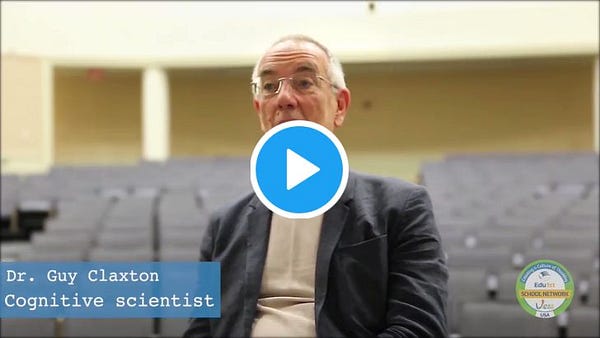Here’s a scenario for you.
I walked into a Year 5/6 class and a bright young lad walked up to me: “Good day sir, welcome. Would you like a tour of our town?” Of course I did. First stop was the bank, because I’d need an account and money to be a participant. Then I was shown around: shops (including a book shop), the newspaper, a park ... Everyone was involved. Things were humming with interactions: And in amongst it, the teacher. It was a lively, rich world that had been created. I loved it.
Doesn’t sound much like school though, does it. Yet, why not? All schools say they’re places of learning, and there was a lot of learning happening here.
It takes recognising though, if we are to give it learning value. And it’s in the recognising that we activate the process of assessing for growth. So, if you were in this room, what would you recognise? Start with the learning areas and list them. I recognised the presence of Maths, Social Sciences (Economics; Social Studies), English. Where’s the potential for growth? There’s a lot of capability being demonstrated in these areas, but there’s still plenty of room to grow.
When we assess for growth these two questions are crucial:
What do I recognise?
Where’s the potential for growth?
They help us to get a gauge on what is happening so that we can respond to the potential we’re seeing. It is exactly what the NZC says is the purpose of assessment: to improve student learning and teacher’s teaching.
Guy Claxton was kind enough to send me some work he’d done for a UK think-tank called Rethinking Assessment, and in it he says that
“It seems trivial to point out that the value of education lies in the development of competence”
and he defines capability as
“the ability to get things done that matter. The obvious way to see if someone possesses the ability to do something is to ask them to do it – not to talk or write about it.”
For me, and many others, what matters is that kids leave school feeling like they have a place in world, and have the capability to do so with confidence, humility and curiosity. Can people do that without possessing skills and knowledge? No, but I don’t think we can assume that having skills and knowledge automatically leads to it. For that to happen, kids have to do stuff. They need to be active in the world.
Guy again.
“Much testing in schools depends on the assumption that comprehension is prior to, and necessary for, competence. You have to understand something before you can do it; and showing that you understand something is sufficient to reassure someone that you are able to do it. But this assumption of a tight association between comprehension and competence is patently false.”
Of course it is. Too many kids don’t get past that first hurdle of proving they understand enough to do stuff. They’re judged as not good enough, and as a result they end up feeling they don’t measure up, that they’re not ready. And as a result, they leave unprepared for the world.


To move away from assessing for judgement to assessing for growth, first kids need to be doing stuff that matters. That way, we get to tune in to them, get a sense of their capability and the potential that exists for their growth.
SMATA
A tool to help teachers, help students.
SMATA helps you to capture observations, understand learning trends, and encourage growth.




